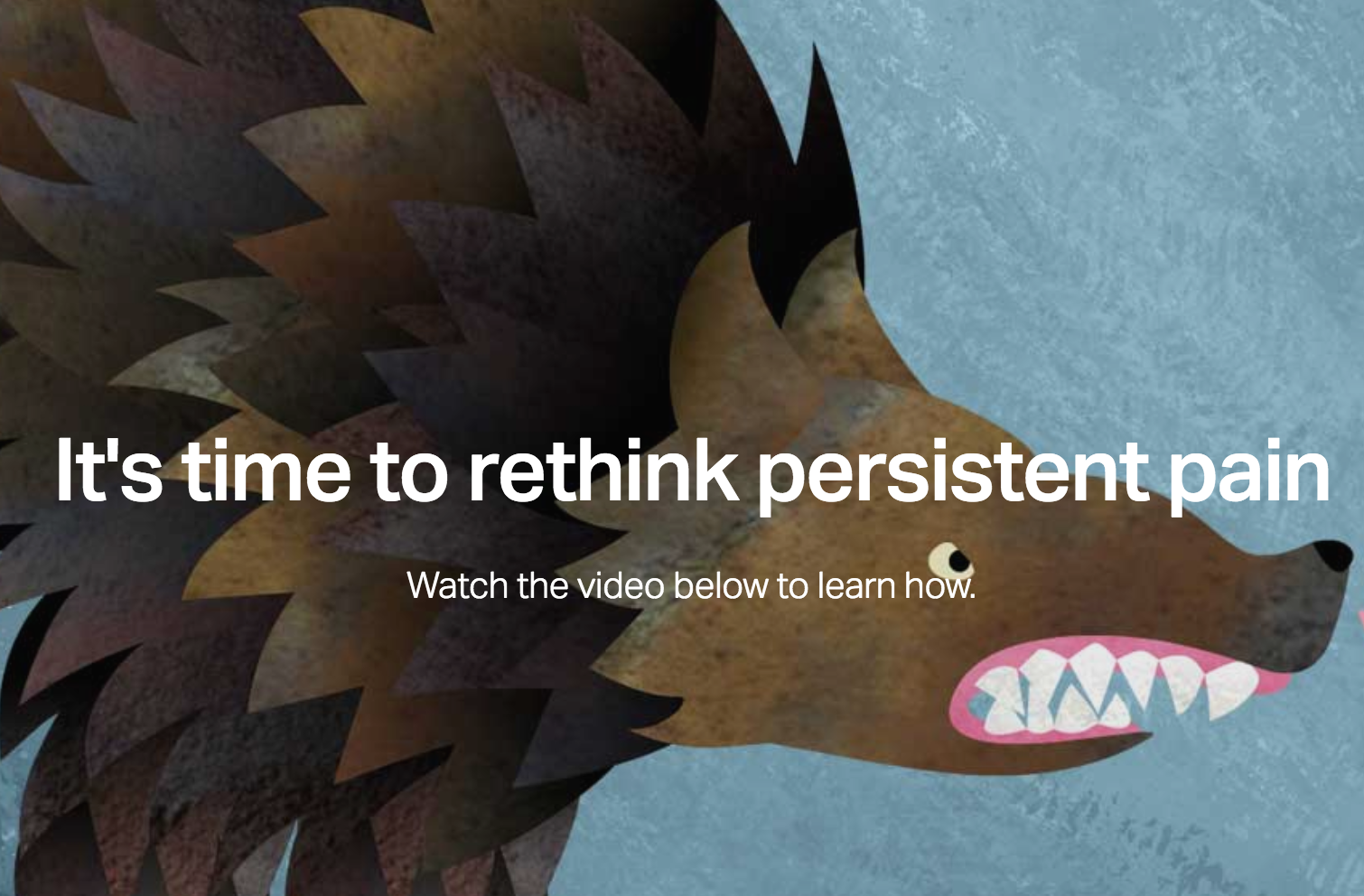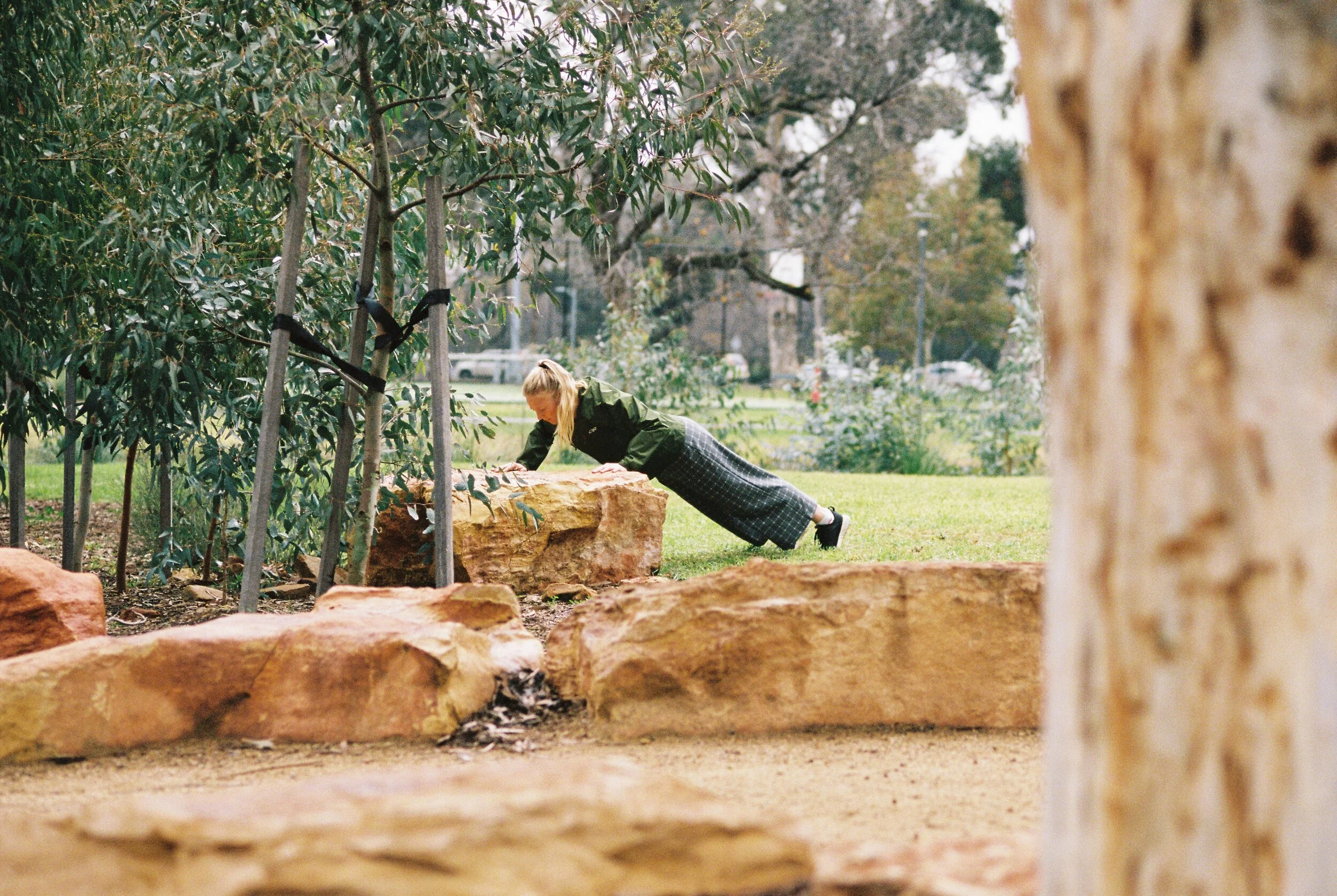Chronic pain is incredibly common, but chronic injury is not. That would be like having a cut that never heals, which is incredibly uncommon! Unfortunately we do not have a common and well-understood model for explaining ongoing pain, and so most people who have ongoing pain feel like they have a long term injury. This means that they avoid load, and we know that load is one of the most important determinants of recovery. Avoidance becomes a kind of positive feedback loop. It can be a strong contributor to chronic pain.
Read MoreIf you want personal advice for a home movement plan, or to get a clear diagnosis and treatment plan, learn about our Tele Physio service, arrange a visit at the park, or come to the clinic.
Read MoreLearn to tell if you have chronic pain, and the best ways to recover from pain.
Telehealth physio services available in Adelaide. Get the best treatment for chronic pain, wherever you are.
Read MoreHaving completed a 100 sample clinical trial of our Recovery Coach Telehealth program last year, we know that Telehealth physiotherapy is effective. The average person reduced pain by 20% and improved their chosen functional scores by an incredibly 91% in the first six weeks.
Read MoreProfessor Lorimer Moseley has written an insightful (and funny) foreword to our new book Permission to Move. In it, he affectionately writes of his own learning, the book’s importance, and the motivations of co-author Dave Moen.
Read MorePoles can be a winner when used well. Borrow before you buy. Learn when and how to use them. Have a bit of fun with it.
Read MoreIn movement and in pain, your outcome is inseparable to your expectations. Expectations determine the sorts of things that you will try, and they alter your pain system ...
Read MoreThe plantar fascia does lots of useful stuff. Know that the plantar fascia is strong and capable. When you have heel pain, structuring your load is key. Smartly increasing your load and activity is the way to get back to your prime.
Read MoreA regular strength routine helps build more robust movement systems. It creates changes throughout your body, including: improved nervous system functioning and muscle/tendon biology. This means that you can adapt better to variations in load, which might be more hill running, increasing kilometres or adding speed work. This all helps to improve your running efficiency and performance.
Read MoreRunning uphill needs a different technique to flat running. There are two key differences.
First, you will take shorter strides. You want most of your power to come from pushing down and back. This works best when you put your foot down underneath you or just in front of your body.
Second, you will naturally land more towards a forefoot strike. The slope of the hill makes this happen, you don’t need to change your foot angle.
Read MoreWelcome. This is a guide on the main techniques for efficient and faster downhill running.
Read More











